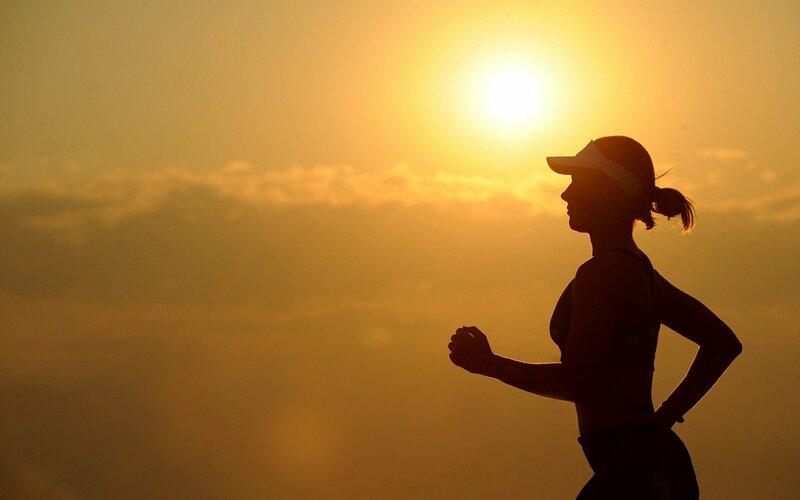
Four key areas of rider fitness
Eventing is an endurance sport and a fit rider is one who has the stamina, balance and suppleness to move with their horse. But what does rider fitness actually mean and why it is so important?
Eventing is a physically demanding sport for both horse and rider, but the latter can often be overlooked. Eventing is essentially an endurance event and a fit and strong rider is one who has the stamina, balance and suppleness to move with their horse, as well as the ability to give clear, consistent and direct aids on a sustained basis.
Eventing is a physically demanding sport for both horse and rider, but the latter can often be overlooked. Eventing is essentially an endurance event and a fit and strong rider is one who has the stamina, balance and suppleness to move with their horse, as well as the ability to give clear, consistent and direct aids on a sustained basis.
There are numerous elements to rider fitness but some key areas are:
Cardiovascular fitness
Galloping a horse requires a high level of cardiovascular fitness from the rider – think about those times when you’ve seemed more out of breath than your horse after a gallop and you’ll understand why! To tackle any endurance sport, increasing your aerobic endurance or ‘staying power’ is crucial.
Cardiovascular fitness is all about increasing the capacity of your heart and lungs to deliver oxygen to working muscles. The more efficient this system is, the more oxygen will reach your muscles, thereby increasing the amount of work they can do, meaning your heart won’t have to work as hard. This is important because the faster your body has to work anaerobically (when it’s working too hard to use oxygen as its main fuel source), the faster it starts producing lactic acid as a waste product. This means that all too familiar ‘jelly legs’ sensation, which is not particularly helpful when trying to focus and balance our horses. The best way of increasing your cardio fitness level is interval training, either on a bike, running, rowing, on a cross-trainer or classes such as circuit training.
Muscular endurance strength
Don’t panic, we don’t mean big bulky muscles; rider strength is more about developing long, lean muscles that can endure holding us out of the saddle for long periods of time, but also provide strength when needed, such as keeping a strong horse together, making a quick alteration across country or being able to sit still on the flat while still giving clear and effective aids. Riding helps develop this type of fitness, but supplement it with high repetitions of exercises such as squats and lunges with light weights.
Core strength and stability
A rider’s position in the saddle has an enormous influence on a horse’s movement; effective and safe riders use their core rather than just their legs to ensure they remain balanced over the top of their horse. Core stability is the name given to the strengthening of the corset of muscles around your mid-section (abdominals, pelvic floor, diaphragm and multifidis – the deep back muscles on either side of your spine) which, in effect, should provide a solid base upon which all other muscles can work upon to initiate movement. The goal when improving your core strength is to get your pelvis to almost act as a shock absorber – absorbing the movement of your horse – enabling your upper body to stay still and therefore helping your horse to stay more balanced.
Suppleness
Suppleness is not just about flexibility and how easy you find it to touch your toes, it is about your ability to remain soft and relaxed both on the flat and over jumps, enabling you to follow your horse’s movements. Areas event riders particularly need to work on are ensuring suppleness in the back, shoulders, hips, thighs, hamstrings and ankles, all of which can be achieved via simple and regular stretches or classes such as pilates and yoga.
Find out how to use the off-season to improve here.
Find out how to use the off-season to improve here.
